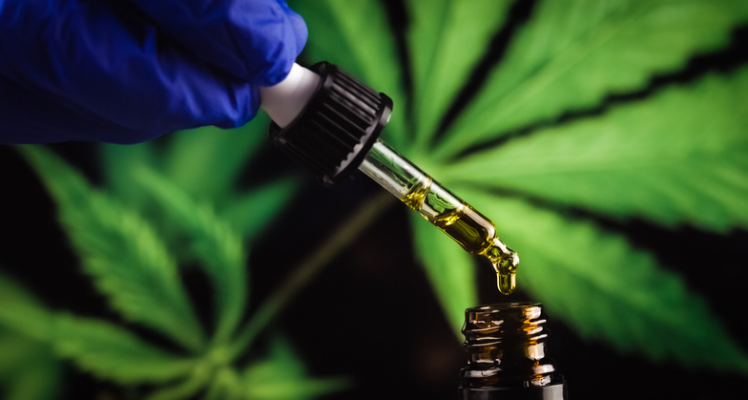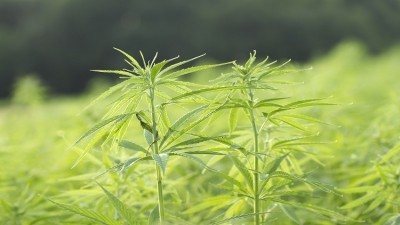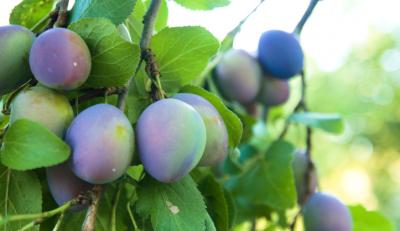Ratio matters: CBD and THC ratio plays key role improving quality of life in brain cancer patients – BioCeuticals-funded trial

The 12-week double-blind RCT was conducted on 88 patients suffering from high-grade glioma – an aggressive brain cancer with a survival rate of six to 18 months.
Results from MRI scan of 53 participants also showed that 11 per cent of them reported a reduction in disease, 34 per cent were in stable conditions, 16 per cent had slight enhancement, and 10 per cent reported worsening of their condition.
Writing in Frontiers in Oncology, the researchers highlighted that a CBD to THC ratio of 1:1 led to more improvements in physical, functional capacities, as well as better sleep quality in these patients, as compared to the use of CBD to THC at the ratio of 1:4.
On the other hand, there was no difference between the two groups in terms of MRI tumour burden/control.
In other words, both ratios exerted similar effects when it comes to affecting the tumour size.
This is also said to be the first study that looked that medicinal cannabis use beyond pain relief and reduction of symptoms.
“Most of the other studies that are done in cancer for medicinal cannabis is actually for symptomatology, which means they are looking at how medicinal cannabis eases pain, nausea and vomiting.
“For this particular study, it was actually trying to look at the quality of life and the patients’ physical functionality, their ability to do everyday things such as walking, the moving of arms and legs, and being able to speak in a sentence.
“It also looked at how medicinal cannabis could enhance the current treatment that these particular patients are undergoing,” lead researcher Dr Janet Schloss told NutraIngredients-Asia.
Extending lifespan
The study had an attrition rate of 30 per cent, with 27 out of the 88 recruited participants dying before or during the trial. The average age of participants in both groups was 53.3 years old.
Conducted between November 2018 and December 2019, Dr Schloss said that 54 per cent of the trial participants were still alive as of May.
“The patients were mostly given between six months to 18 months to live. We have people who are now living over three years.
“We had one lady who was on chemotherapy and have four tumours, she basically had a 60 per cent reduction in tumour size through the trial,” she said.
Personalised dose
The research could even be considered as a personalised nutrition project, since each patient was given individualised dose, highlighted Vladimir Stajic, group director, research and technical affairs at Blackmores Institute.
The average daily dose tolerated by the 1:1 group was 2.25ml and 1.8ml for the other group.
The highest dose given was 4ml for the 1:1 group and 2.82ml for the other group.
During the study, the patients also took medications such as temozolomide, lomustine, and bevacizumab.
“Each one started on a particular dose which was 0.2mg and every two to three days, we will increase that until they started to feel the side effects or affected their activities of daily living.
“So if they find that they are too sleepy when they are awake, or if their mouths are too dry, then we will stop the dose at that stage, drop it back a little bit, and that will be their individualised dose,” said Dr Schloss.
A total of three participants had their dose reduced due to side effects such as shaking and hallucinations at night.
“For medicinal cannabis, we can't have only one set of dosing because the endocannabinoid system in our bodies reacts differently to the plant,” Dr Schloss added.
As part of further analysis, blood samples taken from the participants at different timings are currently being analysed to find out the amounts of cannabinoids, cannabinoid metabolites, and endocannabinoids present in the blood.
The researchers are also conducting a further study in which a placebo group will be added.
Side effects
The most common side effects reported were dry mouth (13 per cent), tiredness at night (11 per cent), dizziness mainly at night (10 per cent), and drowsiness (7 per cent).
Except for four cases of reported mild hallucinations and episodes of paranoia/euphoria at night, there was no report of psychosis.
The number of total side effects identified also decreased as the trial progressed – from 57 per cent to 41 per cent by week 12. No adverse events related to drug interactions was seen.
Even so, the researchers cautioned that they “cannot exhaustively conclude that adding cannabis to the regimen of glioma patients will never lead to adverse drug interactions.”
Industry and research
According to Stajic, the research is aimed at expanding the pool of scientific knowledge related to medicinal cannabis, with no related commercial output.
“The key motivation is that when you are a leading brand in the industry, you have the responsibility to bring that industry to the next level.
“And that means to develop the science, to develop the evidence, to educate consumers, to educate healthcare professionals, and the things that the industry can do for the patients,” he said.
At the moment, over 140 cannabinoids have been identified. Cannabinoids are said to be responsible for the pharmacological properties of cannabis and the most widely studied cannabinoids are THC and CBD.
Just this month, CBD has been downscheduled to a schedule 3 substance permitted for use in oral, oral mucosal, and sublingual formulations for therapeutic use upon the pharmacists’ advice in Australia. No prescription from the doctor is required.
The CBD content must comprise 98 per cent or more of the total cannabinoid content of the preparation. Any cannabinoids, other than CBD, must be only those naturally found in cannabis and comprise two per cent or less of the total cannabinoid content of the preparation.
Source: Frontiers in Oncology
A Phase 2 Randomised Clinical Trial Assessing the Tolerability of Two Different Ratios of Medicinal Cannabis in Patients With High Grade Gliomas
https://doi.org/10.3389/fonc.2021.649555
Authors: Janet Schloss and et al



















